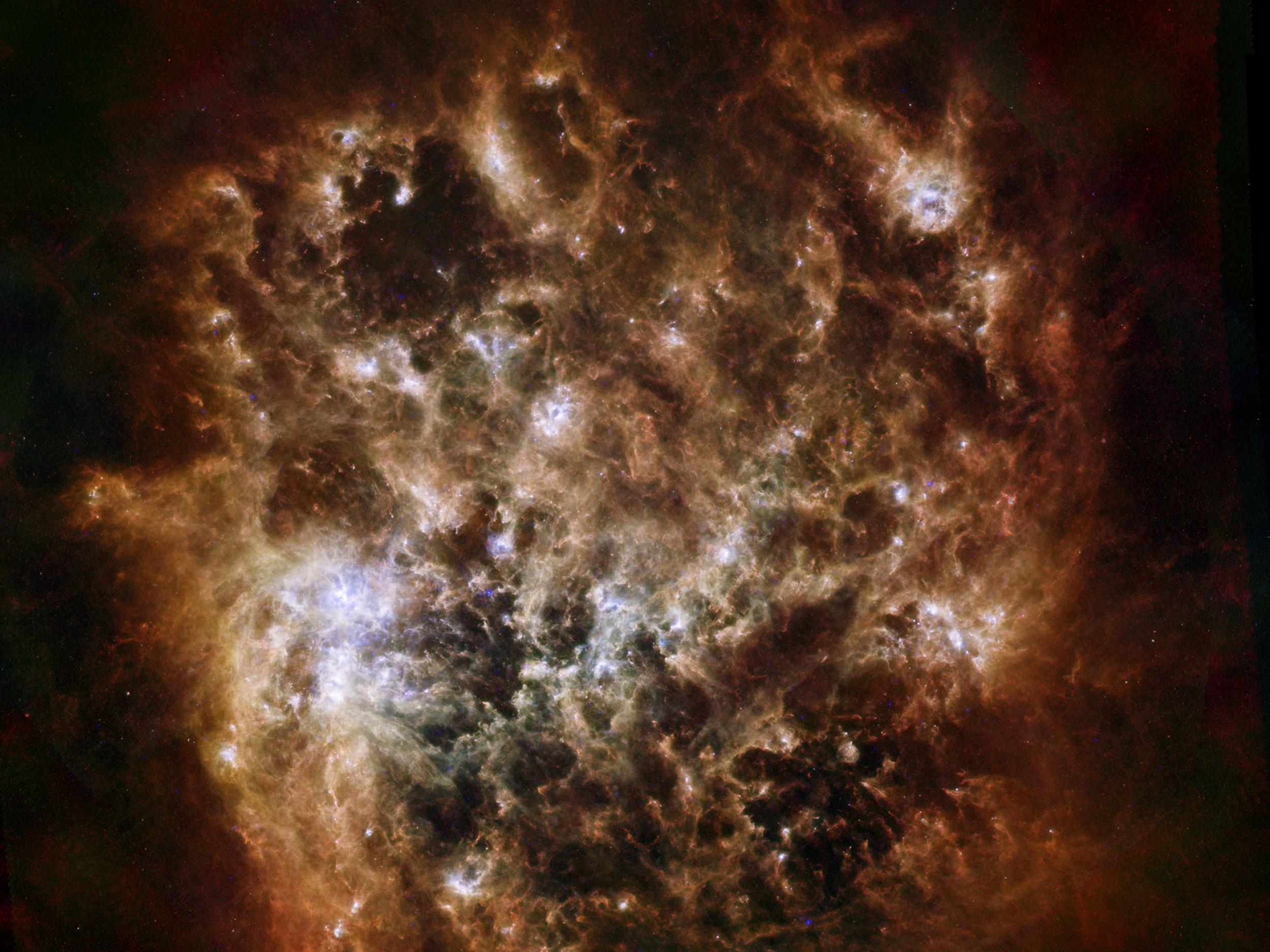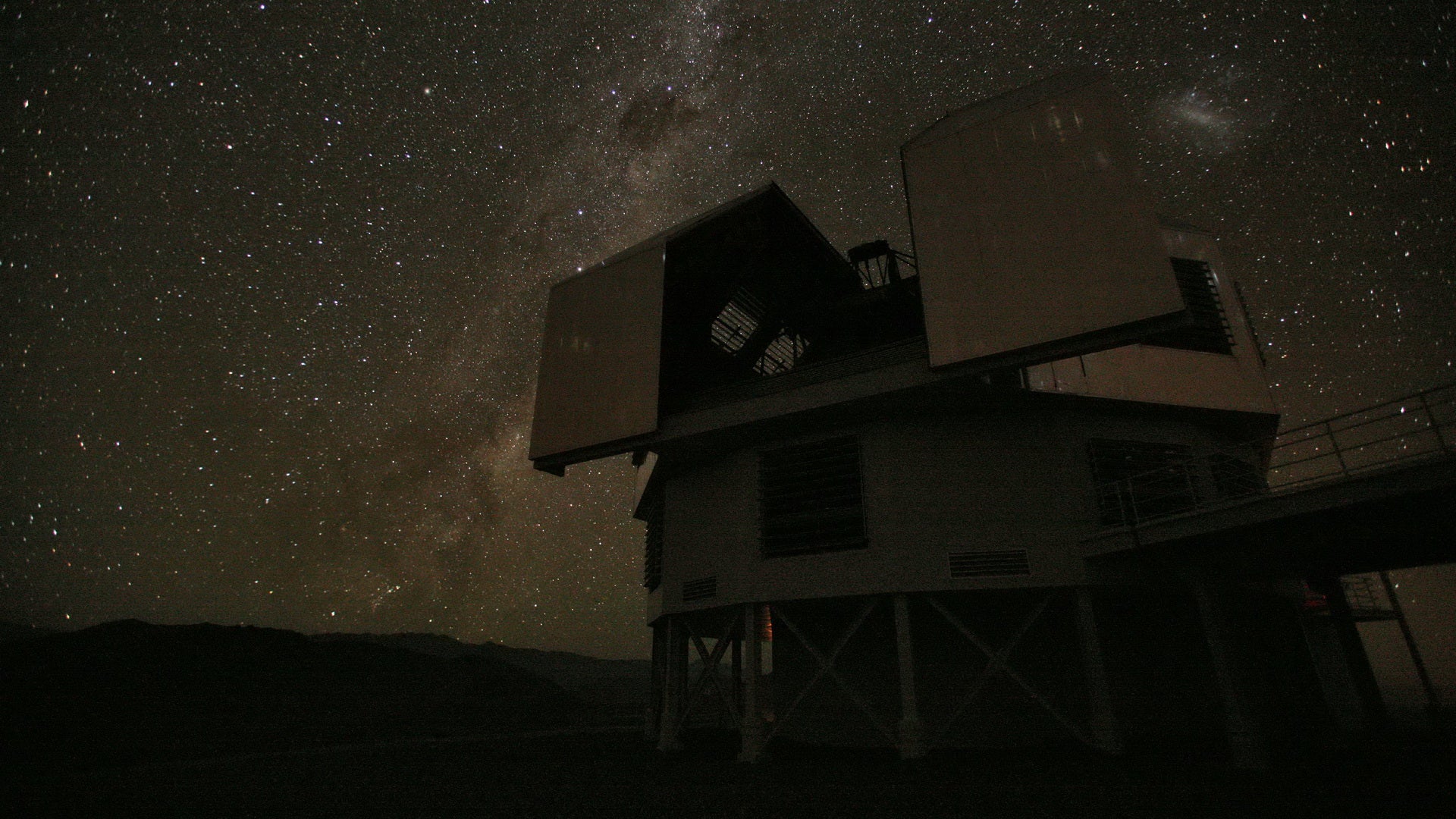The Independent's journalism is supported by our readers. When you purchase through links on our site, we may earn commission.
Oldest known star in the Universe discovered
The discovery of the star - thought to be 13.8 billion years old - is helping scientists reimagine the universe immediately following the Big Bang

Astronomers in Australia have found the oldest known star in the universe, a discovery that may re-write our understanding of the universe directly following the Big Bang.
The team from Australian National University (ANU) say that the star, located around 6,000 light years away from Earth, is roughly 13.6 billion years old. This means it was formed just a few million years after the Big Bang, thought to have occurred some 13.8 billion years ago.
The discovery of the star, which is located within our own Galaxy, was described by lead researcher Dr Stefan Keller as a “one in a 60 million chance.”
“It's giving us insight into our fundamental place in the universe. What we're seeing is the origin of where all the material around us that we need to survive came from,” Keller told Reuters.
“This is the first time we've unambiguously been able to say we've got material from the first generation of stars,” said Keller. “We're now going to be able to put that piece of the jigsaw puzzle in its right place."
The star, which has been given the unwieldy catalogue reference of SMSS J 031300.36-670839.3, is thought to have been formed in the wake of a primordial supernova. Key to determining its age was an analysis of its iron content.

Although the Big Bang created a universe filled with hydrogen, helium and trace amounts of lithium, all the other elements we see today (including iron) were forged in stars and supernovae. 'Modern' stars are created from the ejecta of multiple star explosions and so contain many different elements; older stars are much more simplistic in their composition.
"The iron level of the Universe increases with time as successive generations of stars form and die," Keller told AFP. "We can use the iron abundance of a star as a qualitative 'clock' telling us when the star was formed."
"In the case of the star we have announced, the amount of iron present is less than one millionth that of the Sun and a factor of at least 60 times less than any other known star. This indicates that our star is the most ancient yet found."
The extremely low iron content of ‘J’ (to give it a more manageable pseudonym) suggests that the explosion that formed it was relatively low energy; an unexpected finding that means early supernovae were much more varied in their energy than previously thought.

This low-energy supernova might help scientists explain one of the discrepancies between our current model of the Big Bang and observations of the Universe - specifically the scarcity of the element lithium.
Speaking to The Register, Dr Keller explained that lithium was created during the Big Bang but is removed over time by the nuclear reactions occuring in stars. However, there is not enough lithium present in the Universe as models suggest there should be.
This latest evidence of low-energy supernovae offers an explanation, with Keller saying that the low-iron content of the new discovery suggests that early stars were particularly massive and as such would have burned more lithium than previously thought.
"They burn the lithium, then they blow up, and don't emit much iron," said Keller. "This helps us bring the lithium abundance into line with what the Big Bang theory predicts."
The study was poublished in the latest edition of the journal Nature.
Join our commenting forum
Join thought-provoking conversations, follow other Independent readers and see their replies
Comments
Bookmark popover
Removed from bookmarks